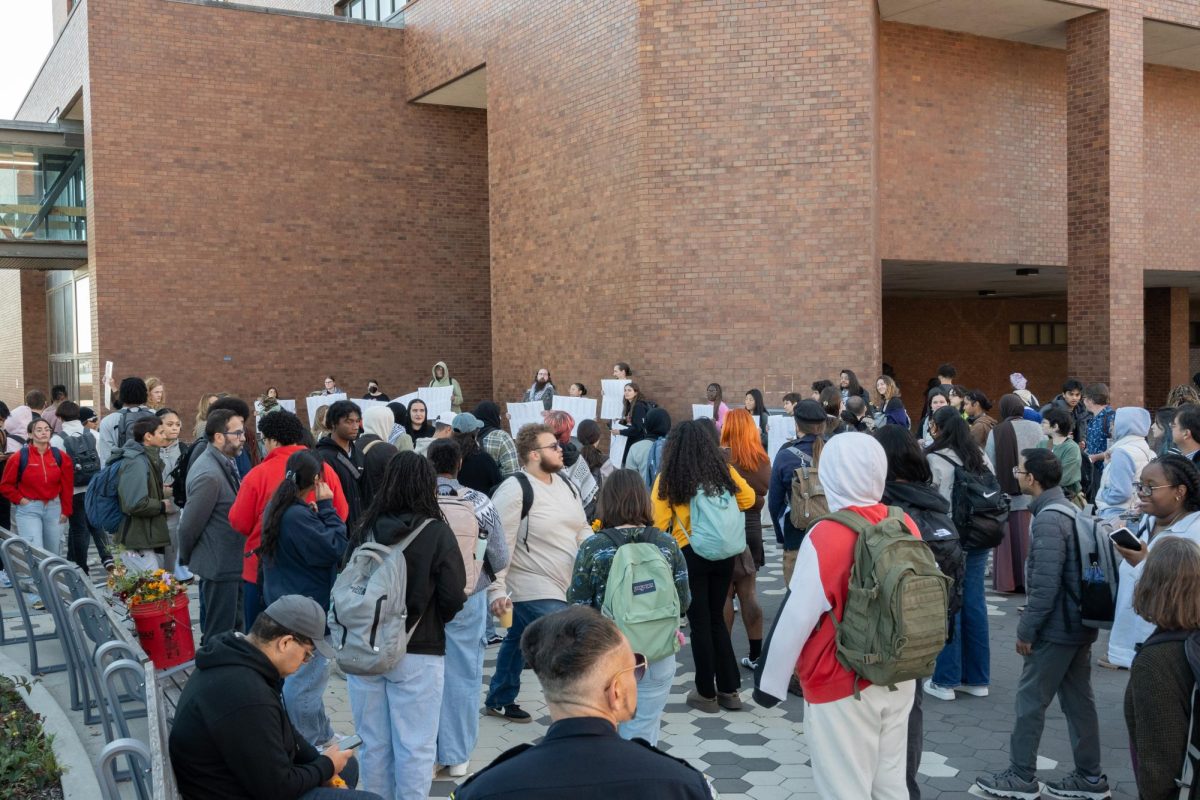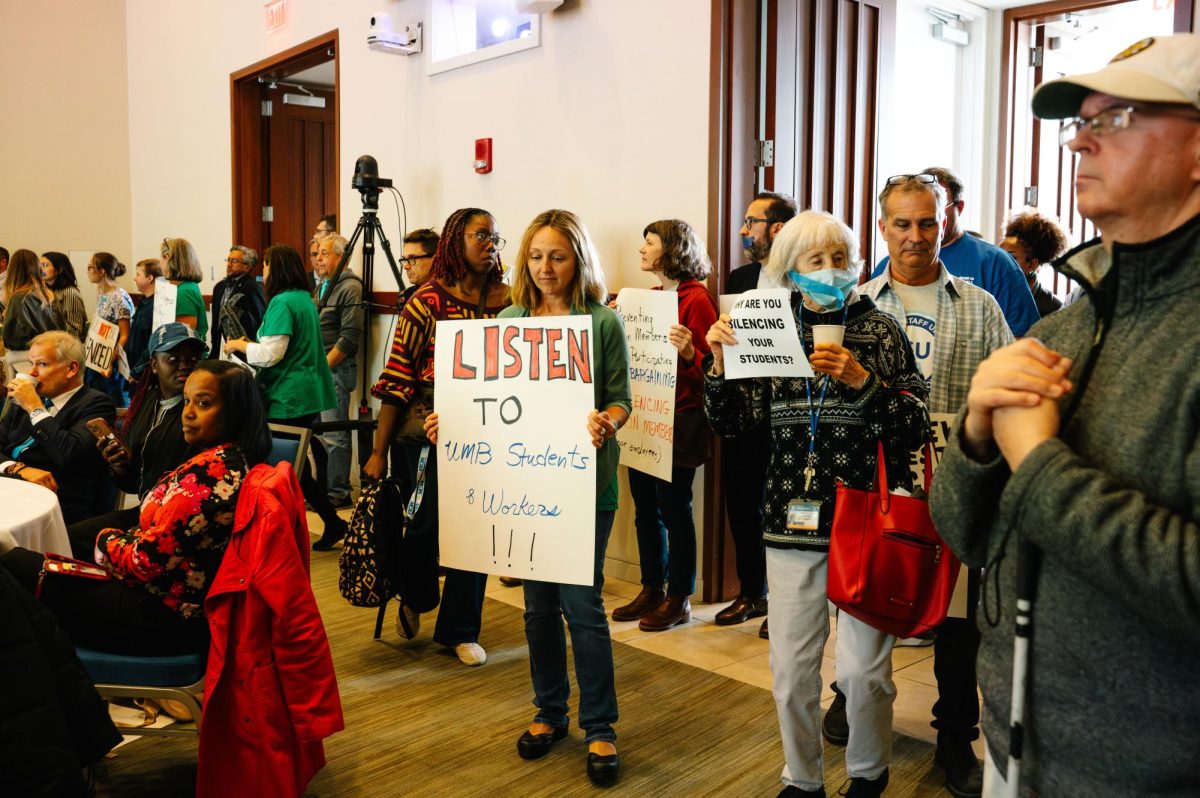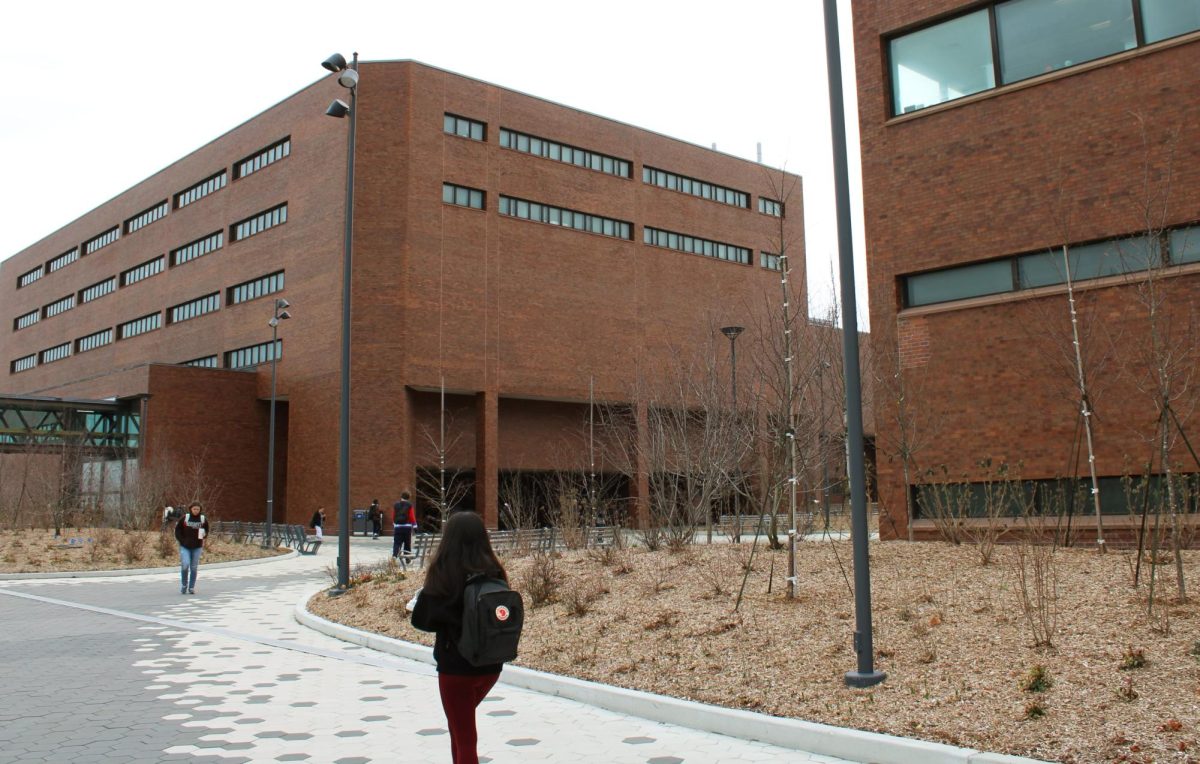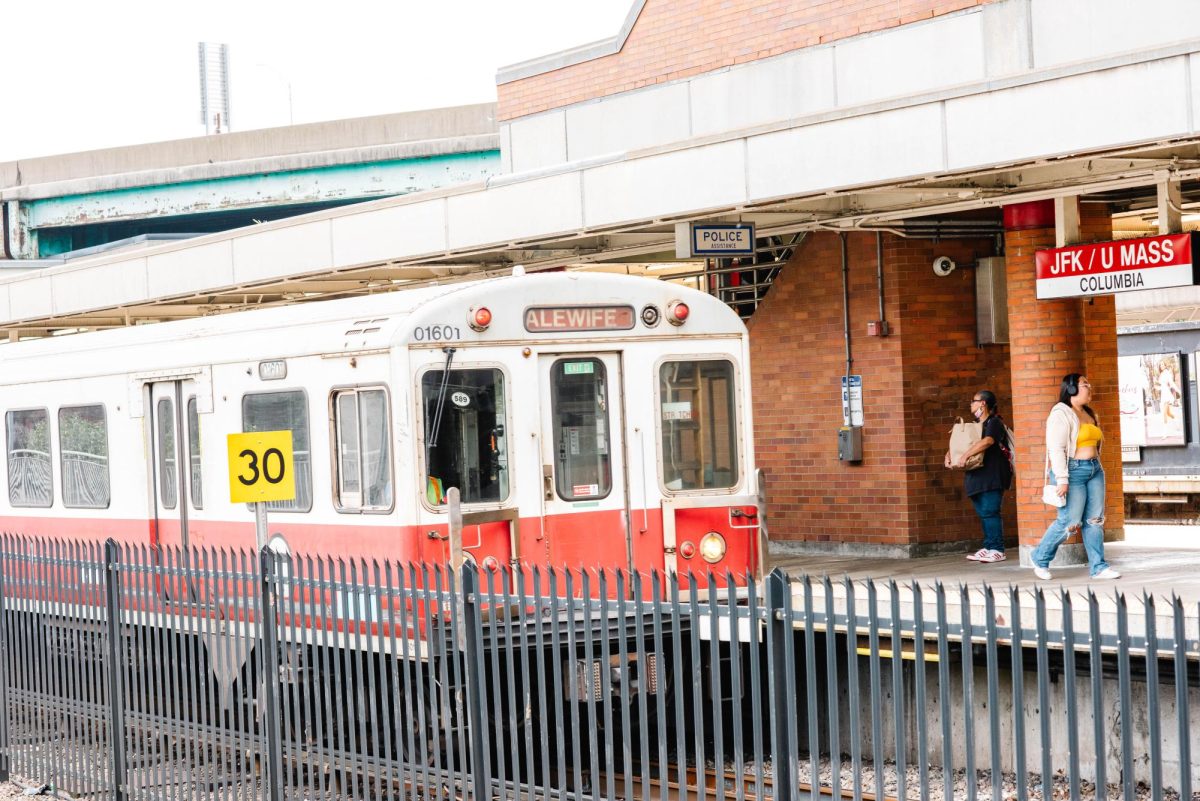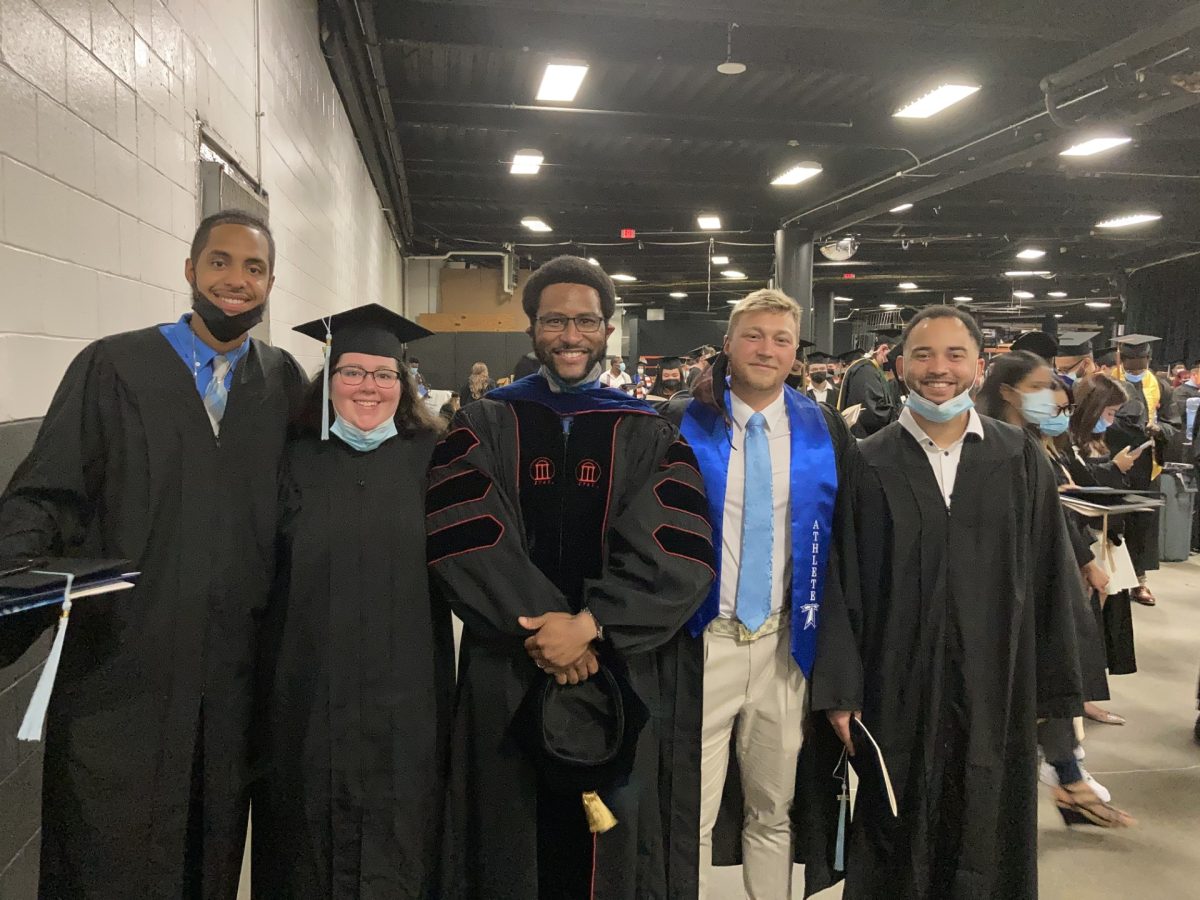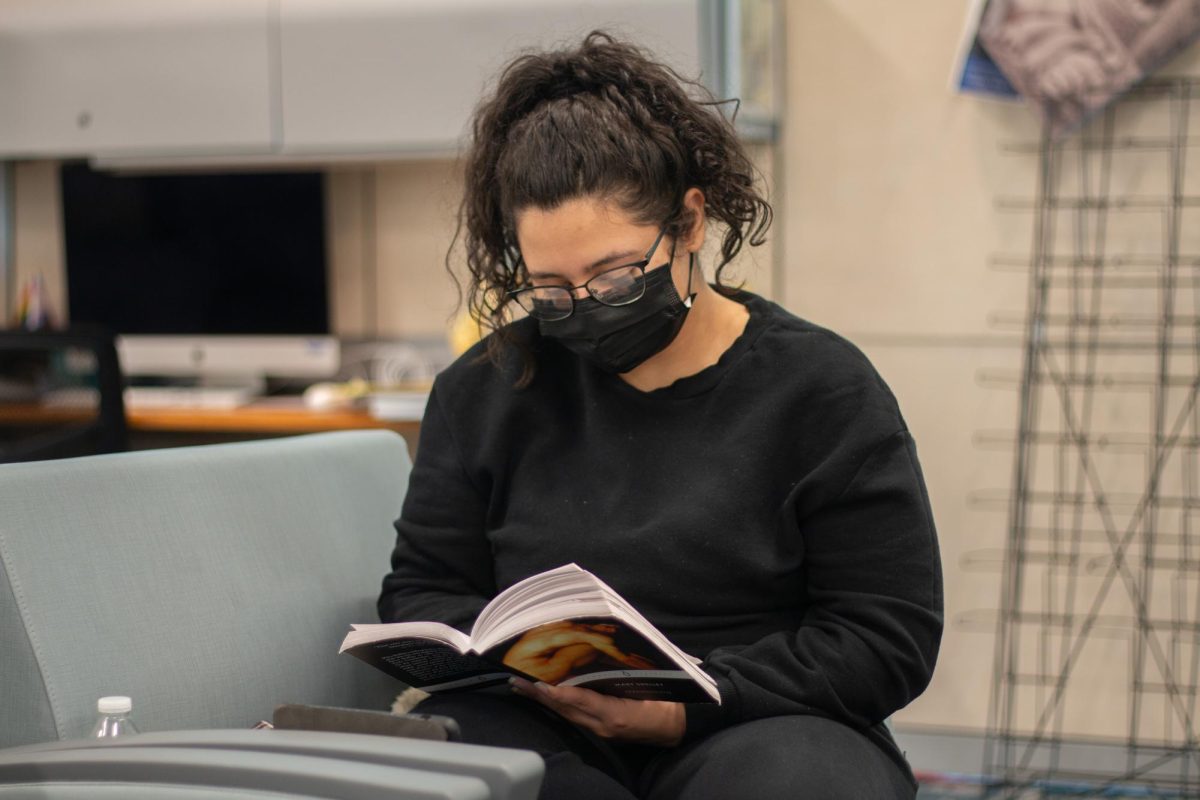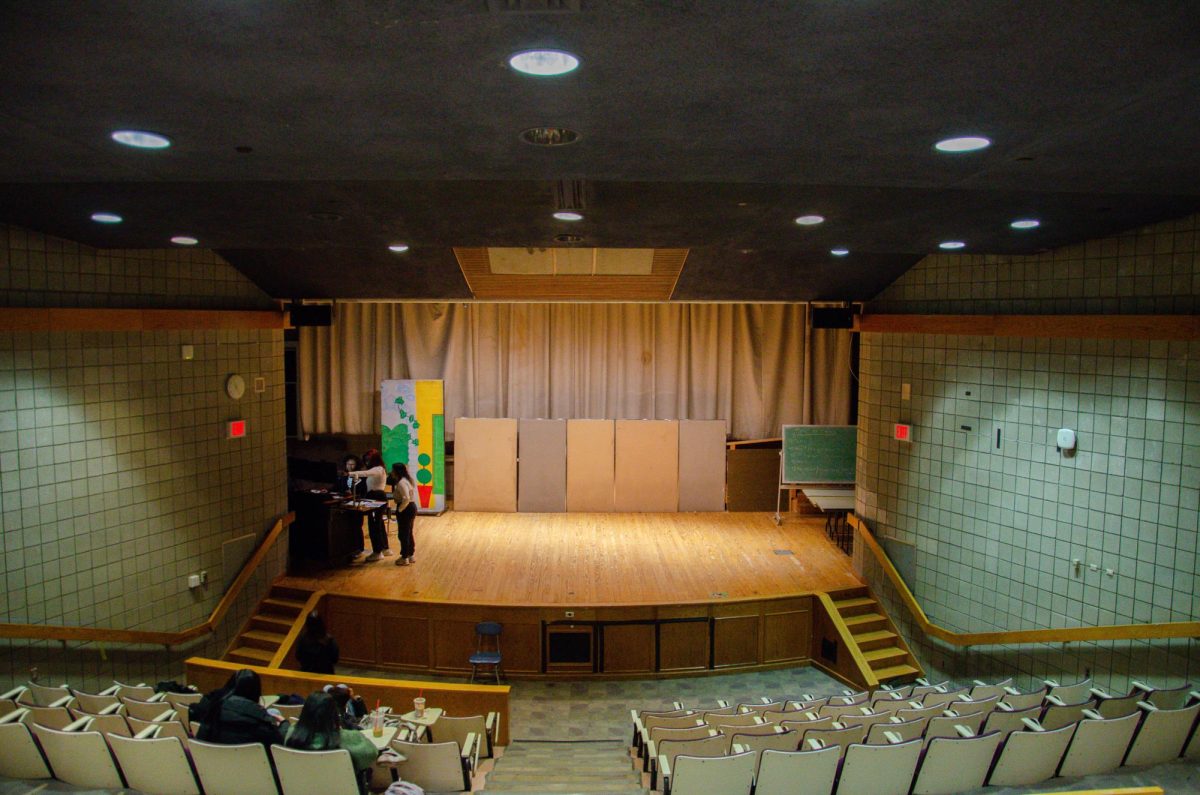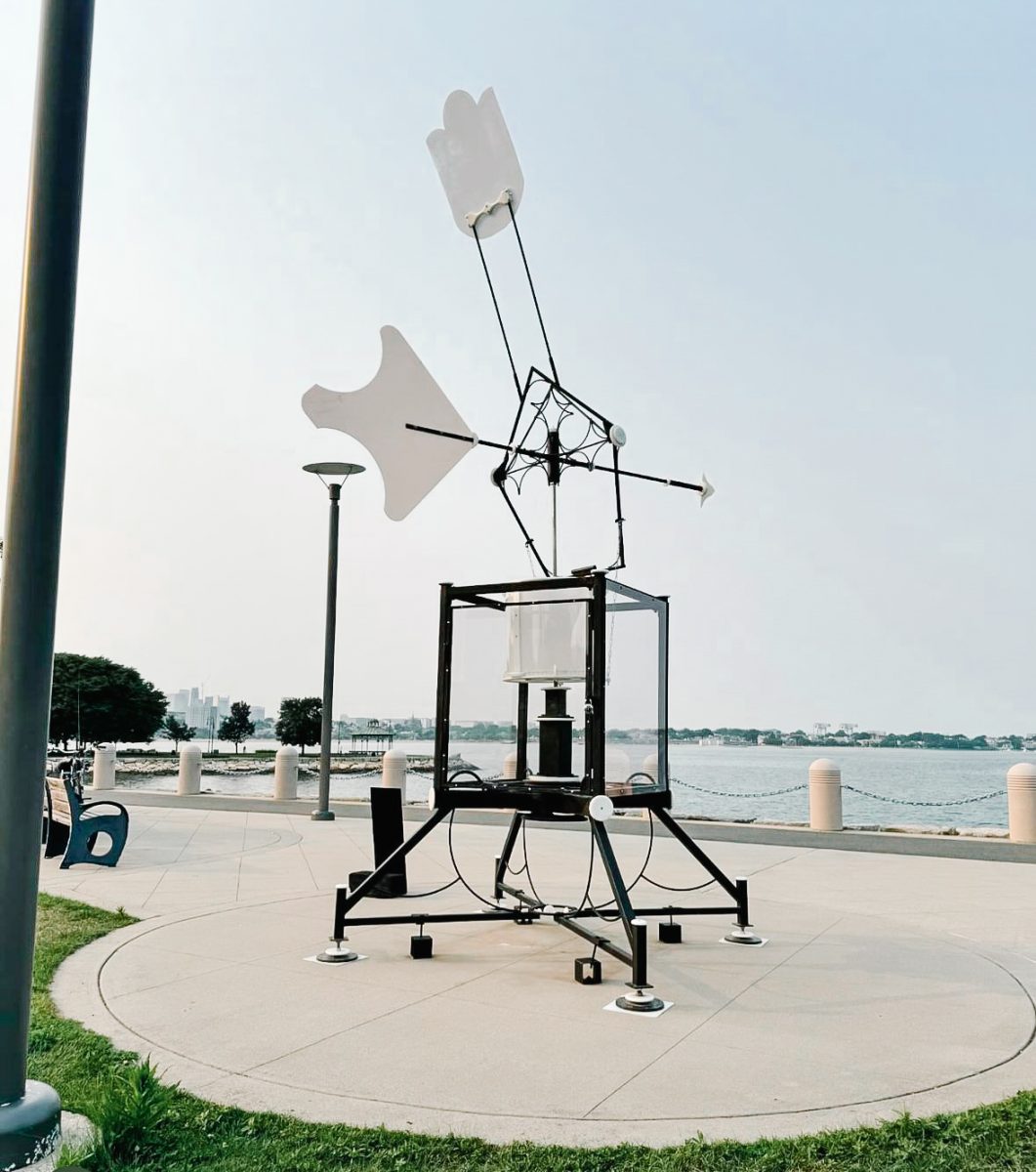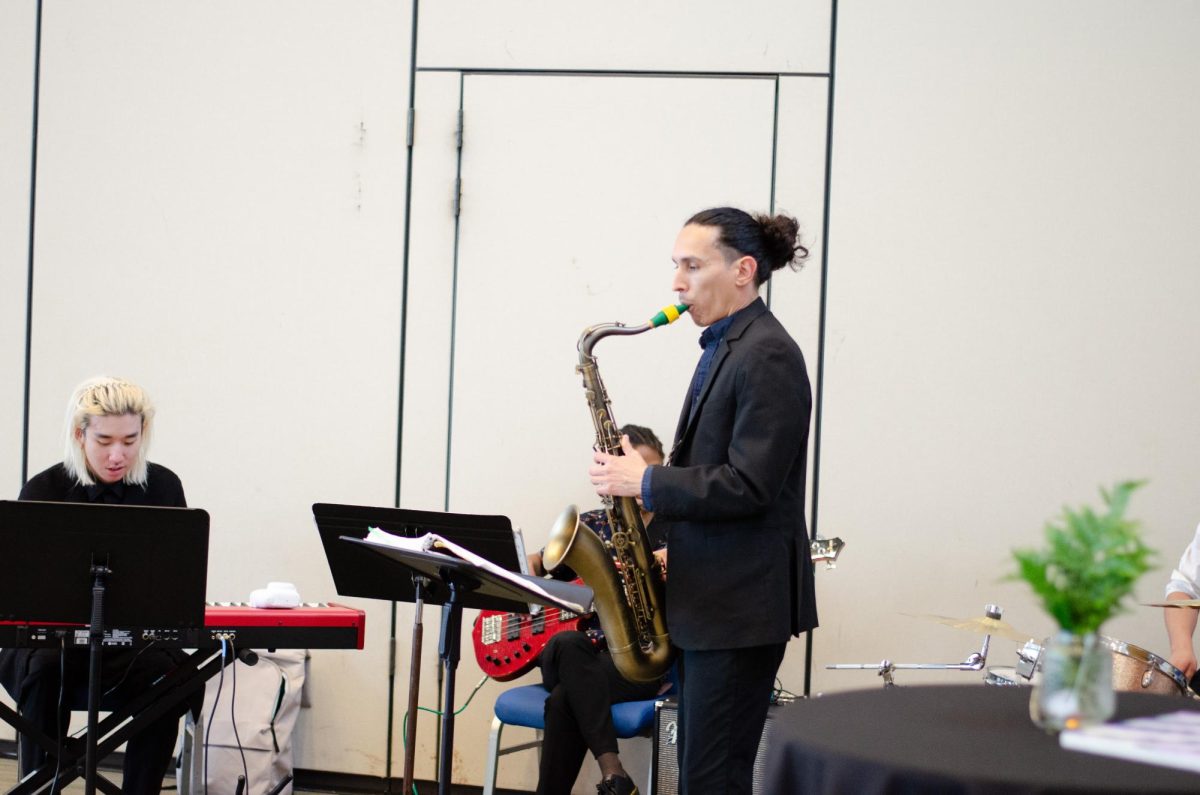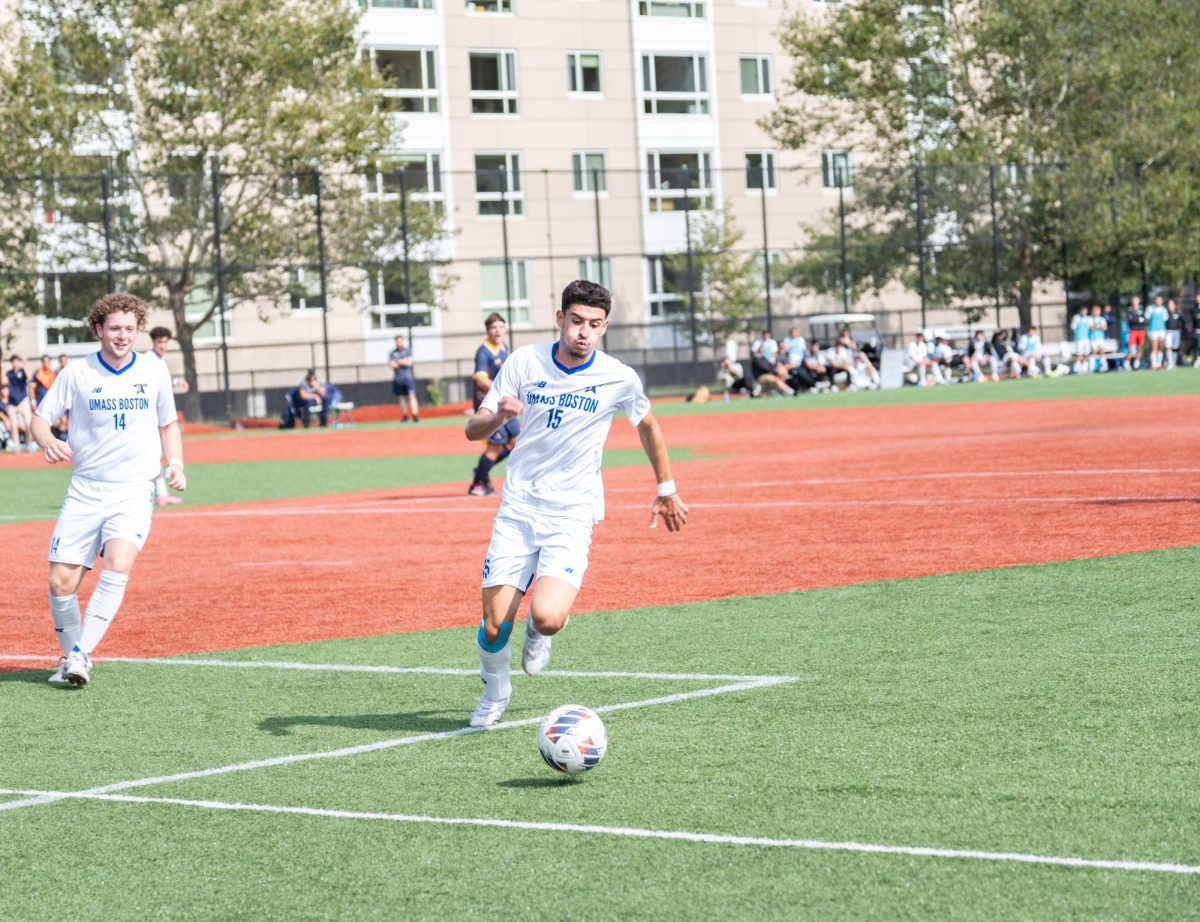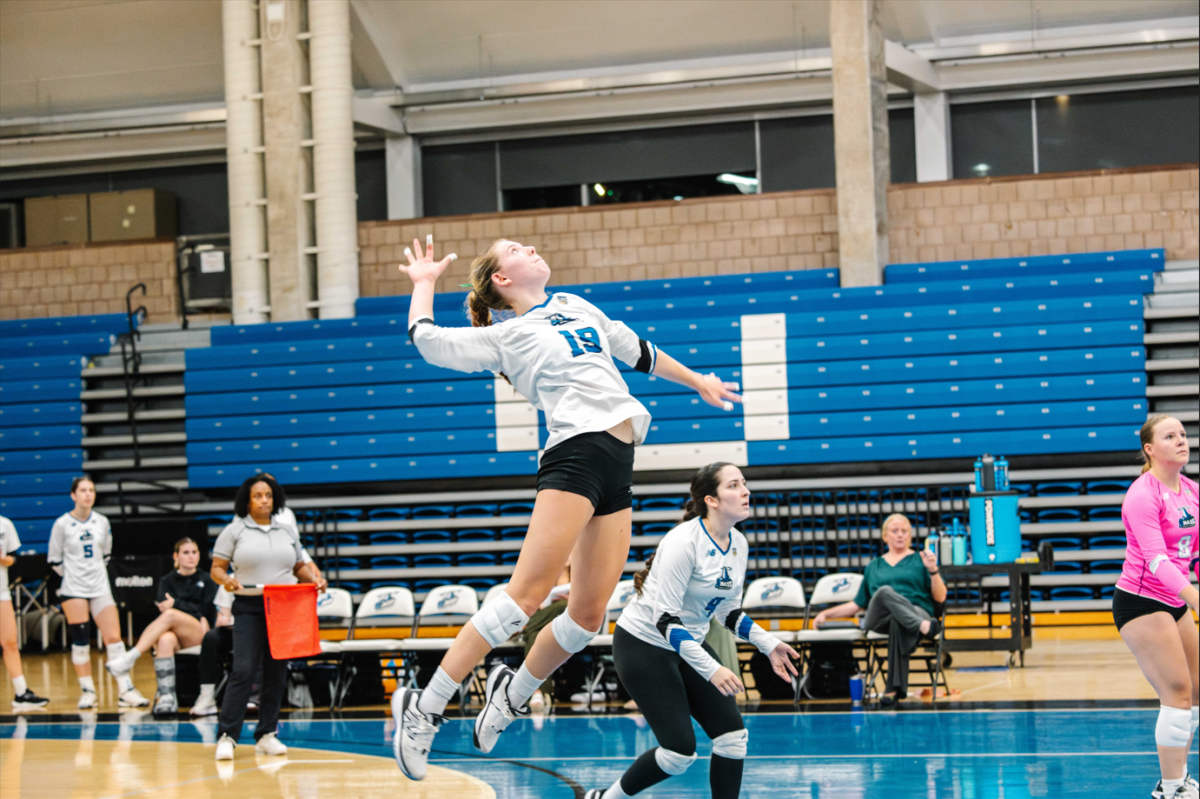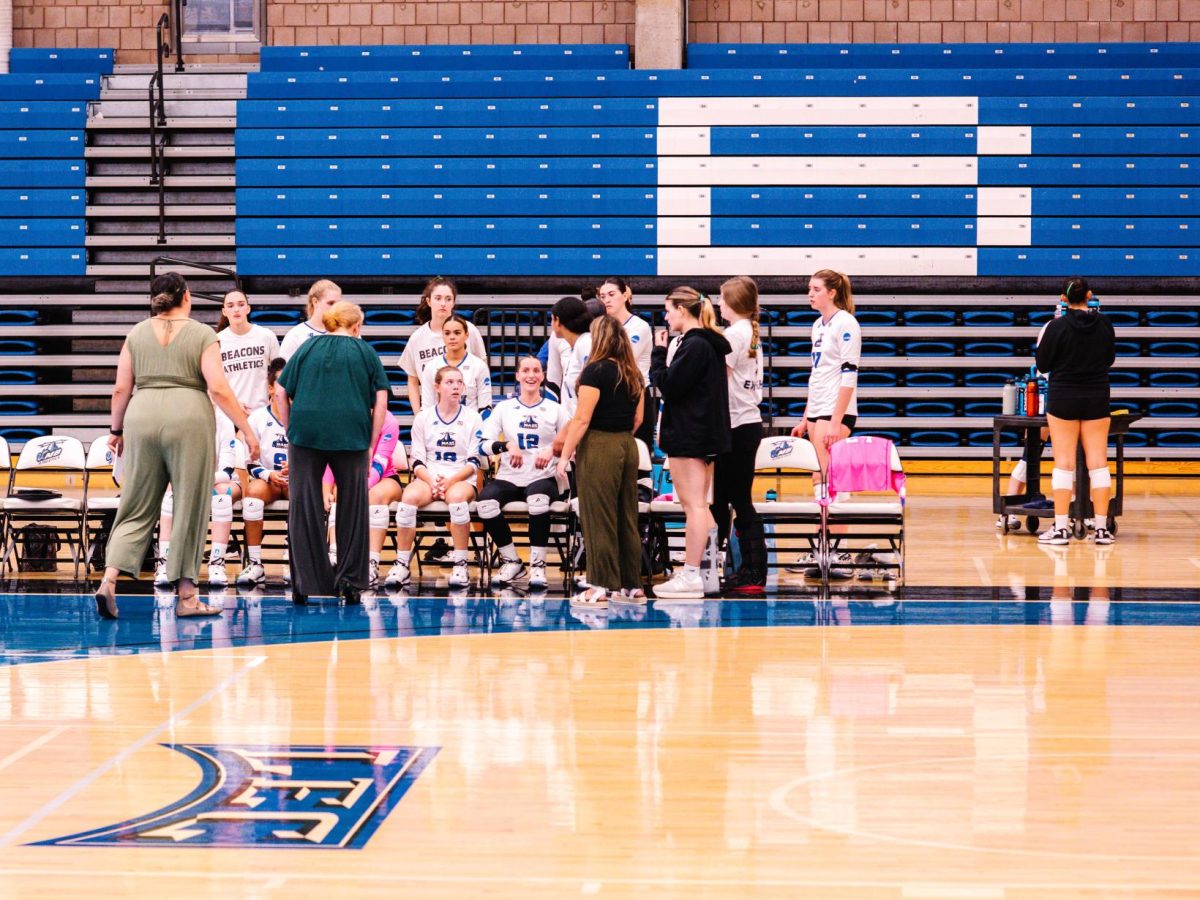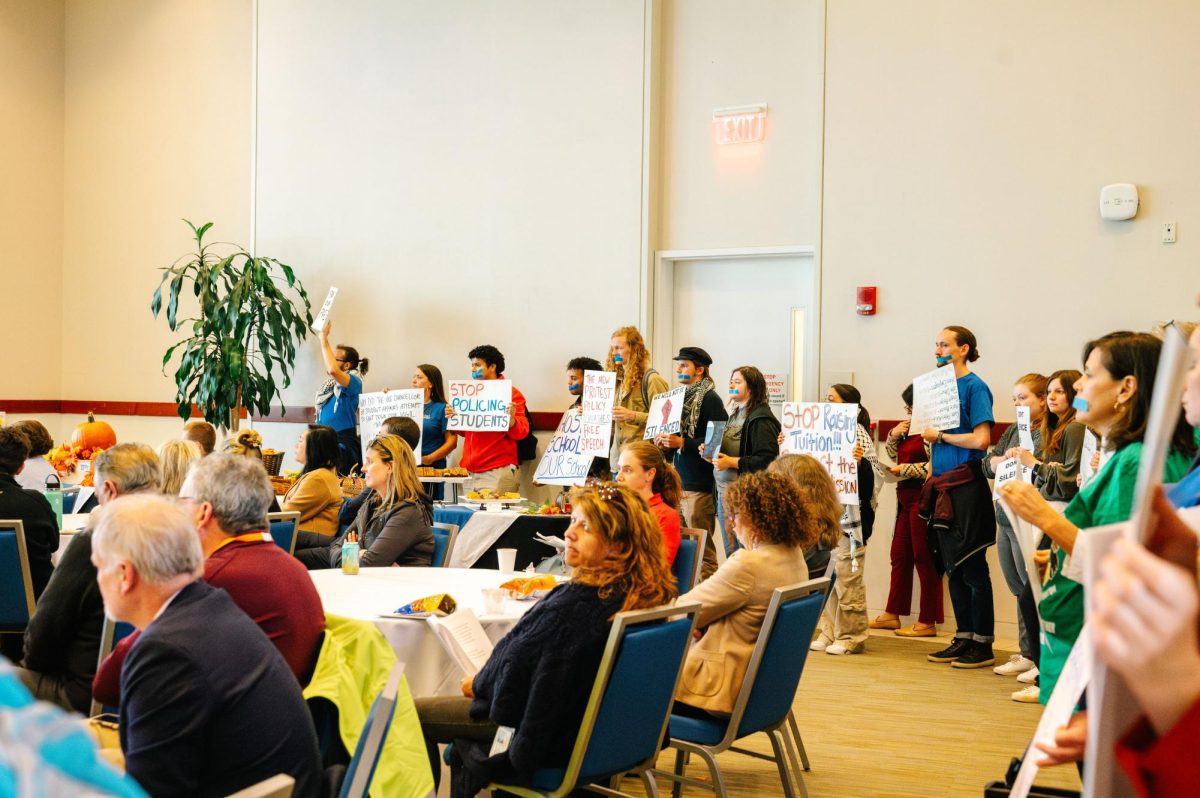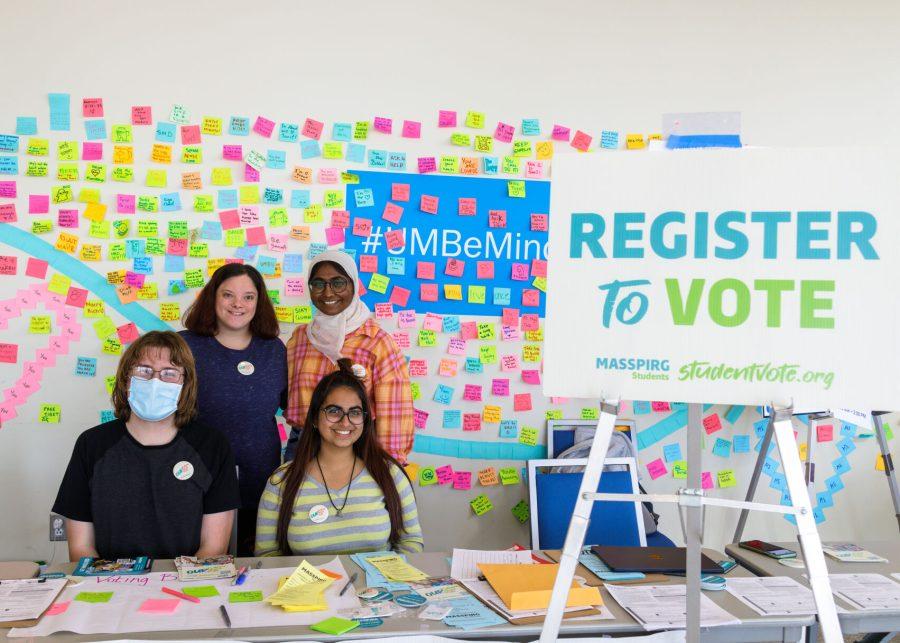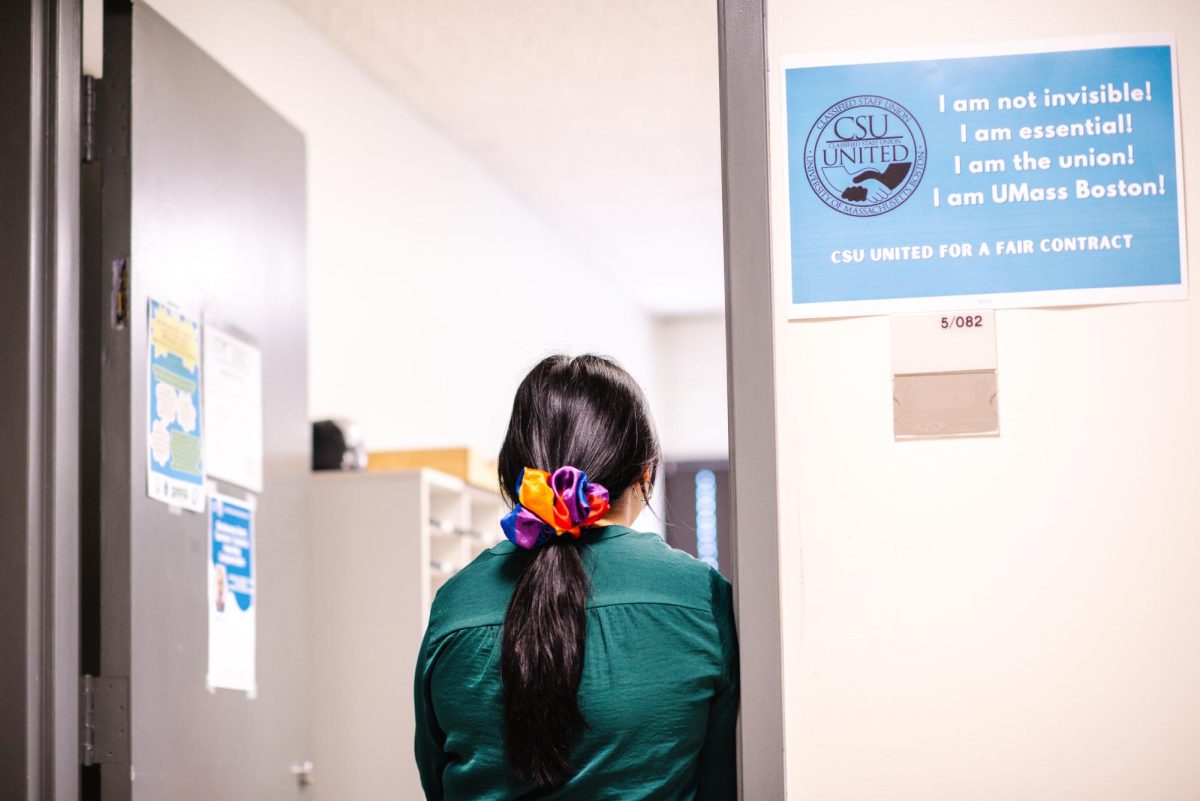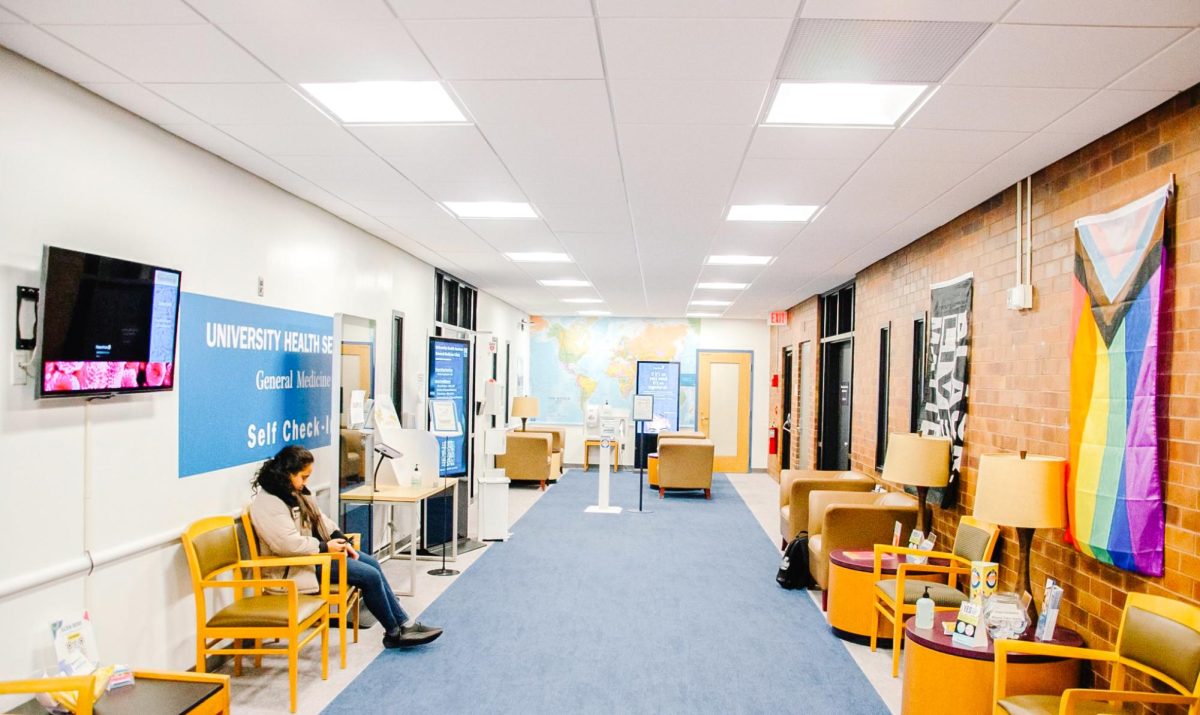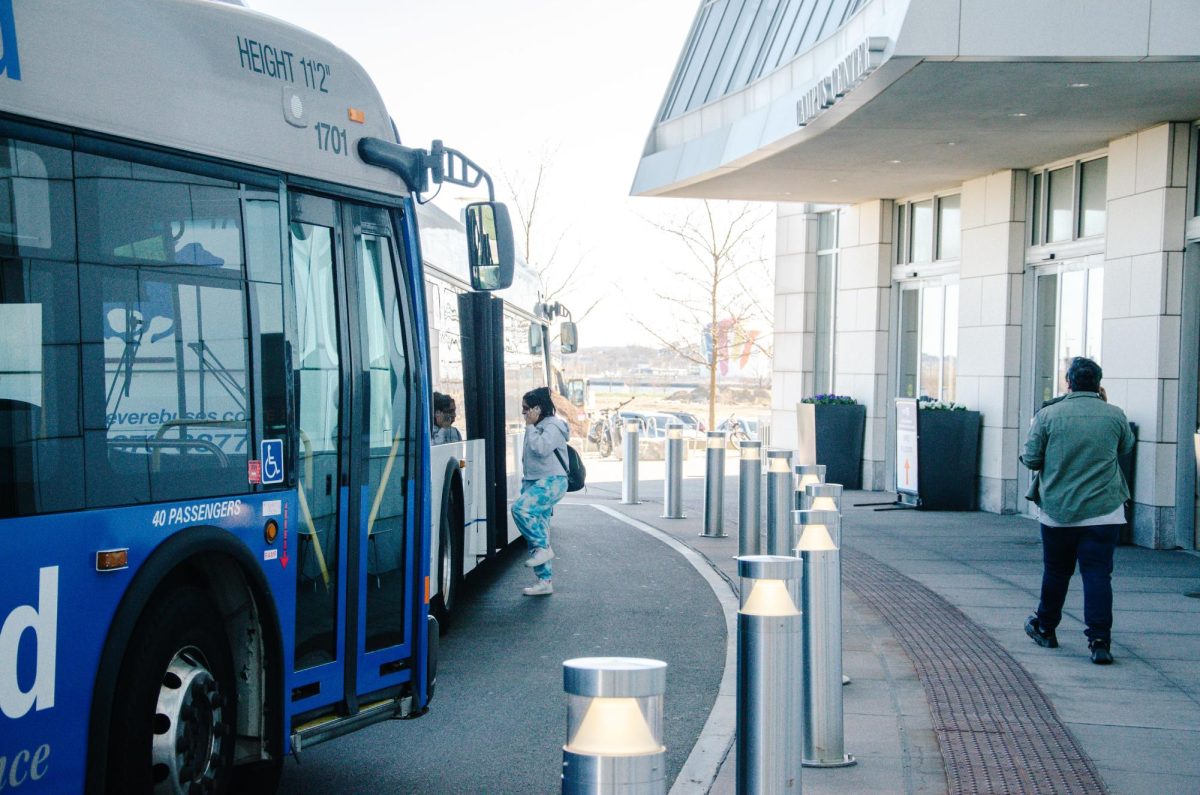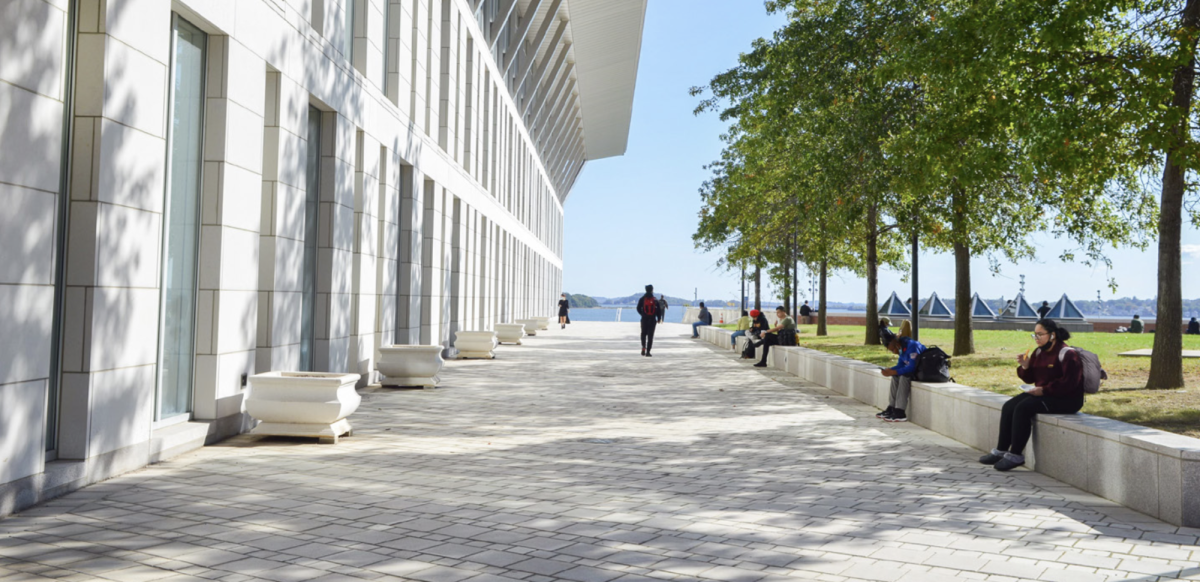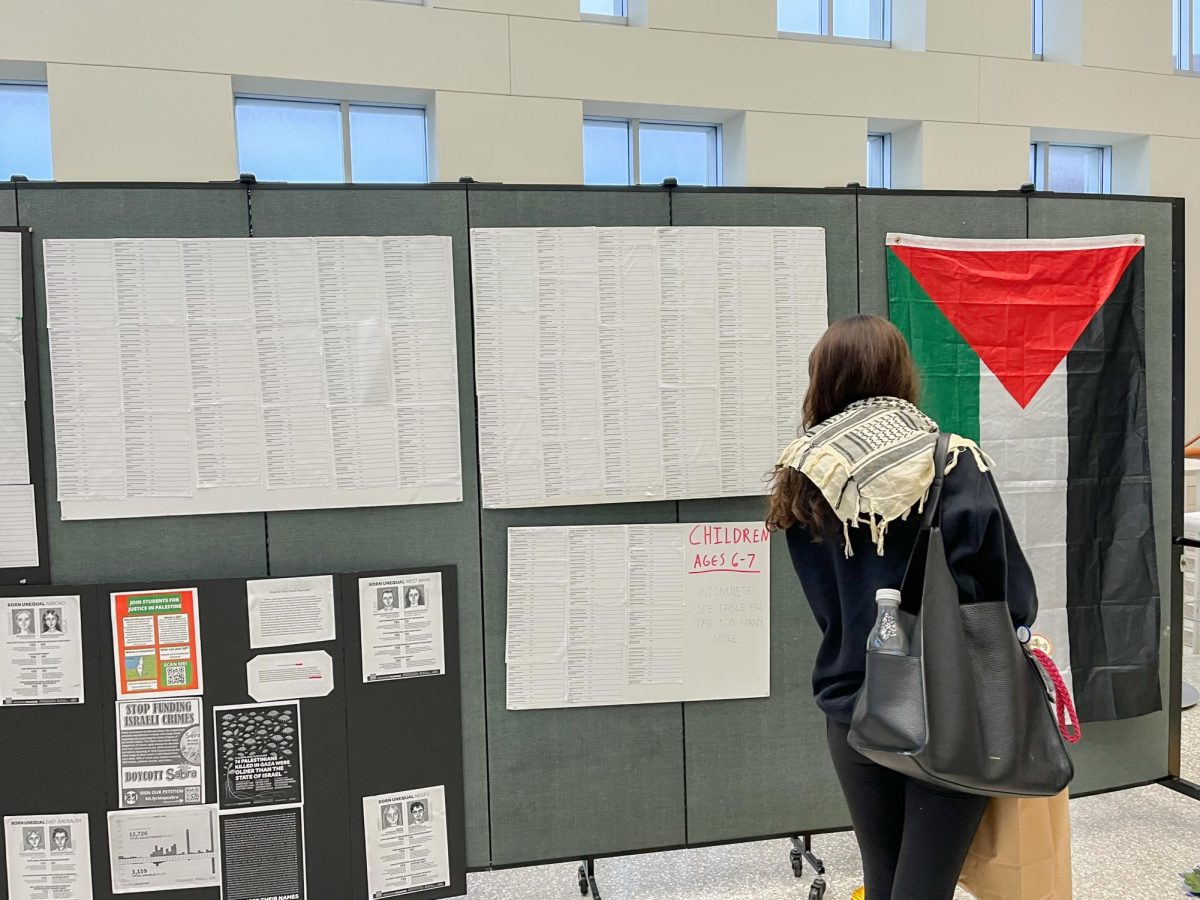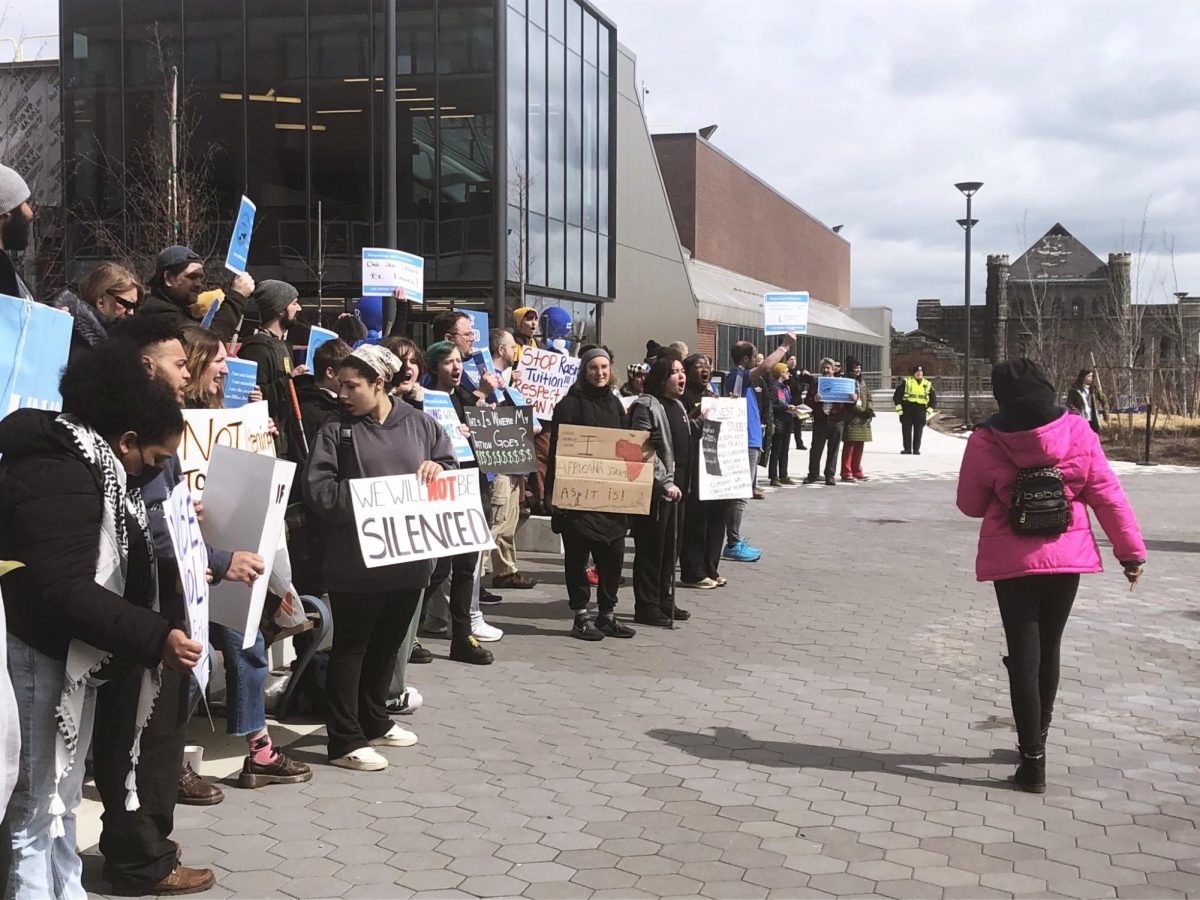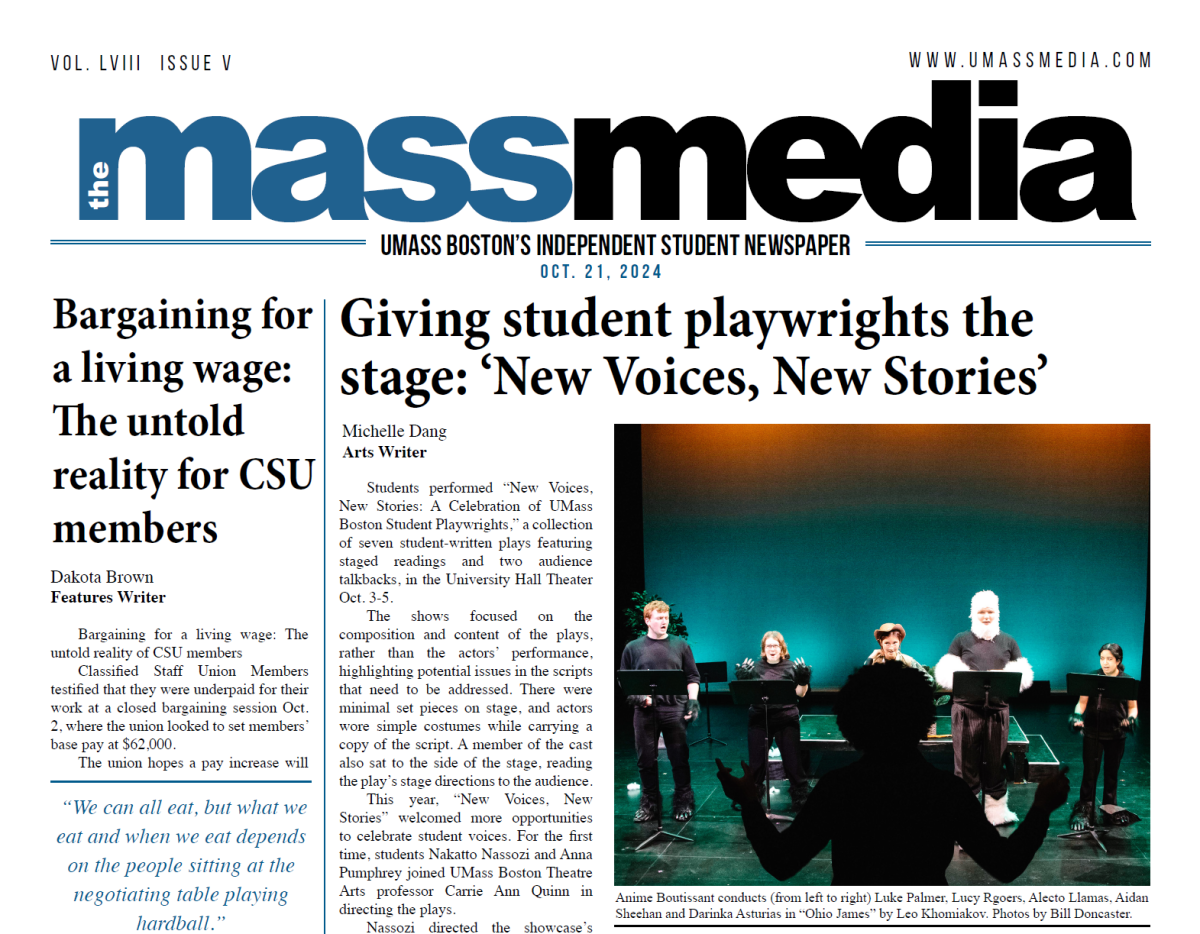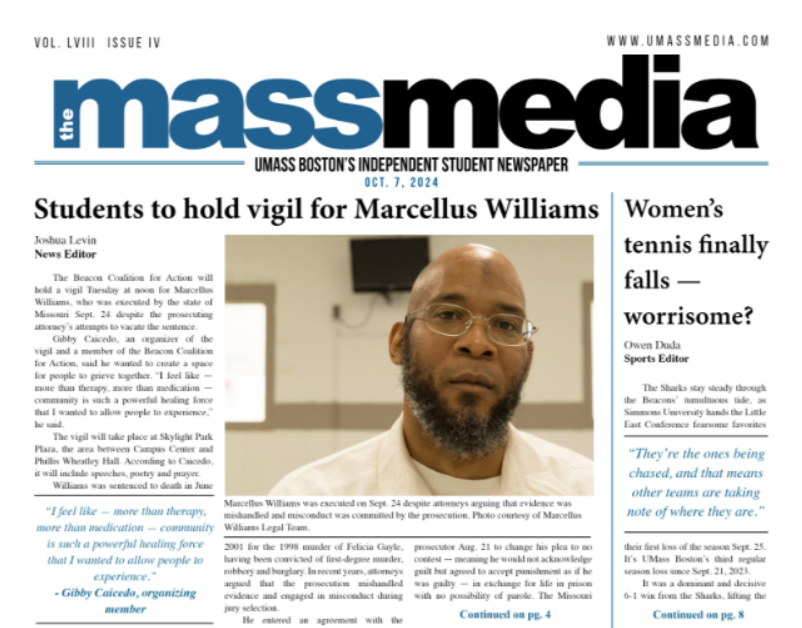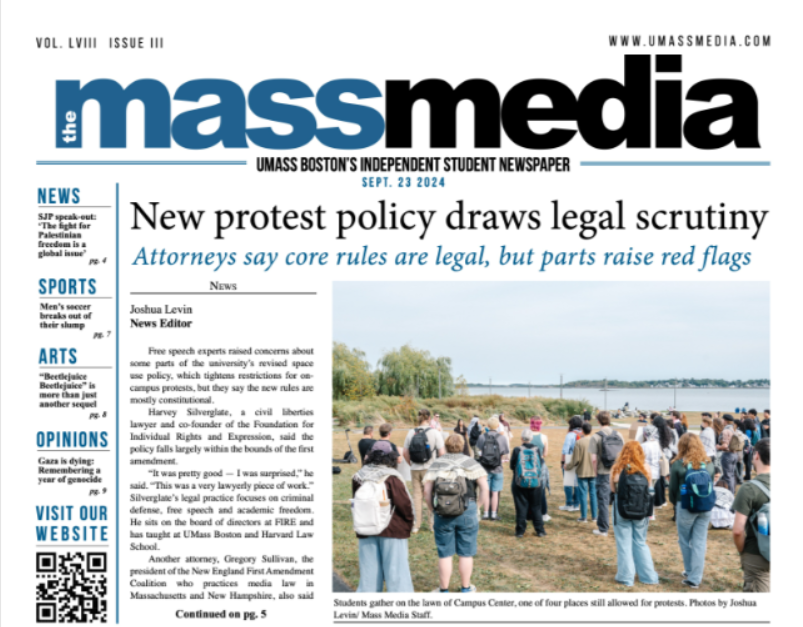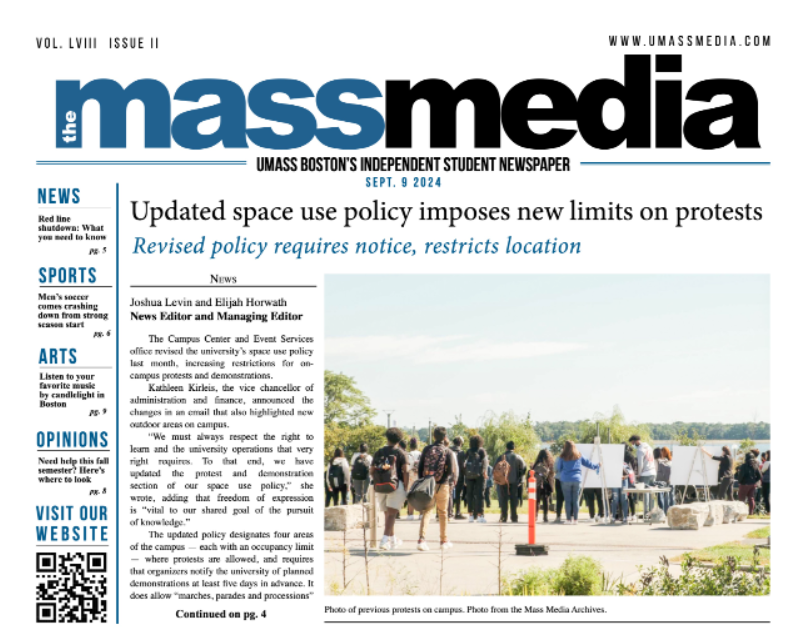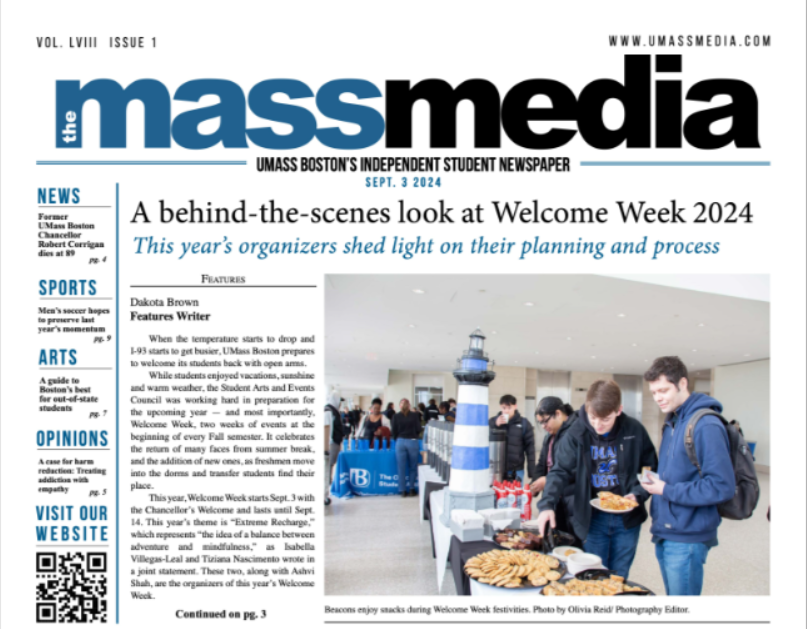What Surplus? Confusion arises over Senate Funding for Student Clubs and Centers
April 7, 2007
For the past few years Student Senate has been accumulating a surplus in funds during their end of year expenditure. Student groups weren’t requesting all of what the senate had available, so a sizeable carry-forward account had grown over the last few years. This caused a concern to many people, both those involved with Student Life, who saw more potential in what could be done with that money, and also those in the administration who questioned the value of giving money to a Student Senate who had not been taking full advantage of its resources. This resulted in a large push by both the Senate and Student Life for student clubs and centers to get active and create programming that would more fully take advantage of the large budget that the Student Senate had.
This has also brought up the question as to why the Senate, clubs, and student centers are now facing the opposite problem: the Senate seemingly has run out of funds for the very clubs and centers that had been encouraged to use them. After pushing up the fund request deadline to March 28, a move made to better prepare the Senate for next semester’s budget change, many student clubs and centers scrambled to get their funding requests in on time, only to be met with a drastic funding deficiency. Of the roughly $70,000 in funding requests made, only $22,500 was granted. This meant that many clubs were not able to get funding, and of the clubs that managed to obtain funding approval, about half of the requests were fulfilled.
A number of factors led to the ensuing confusion surrounding Senate funding and whether or not funds in fact existed.
Moving up the request deadline caused a significant amount of confusion all its own. Many clubs and centers felt that the deadline was poorly communicated to them; a sentiment shared by many senators as well. Some of this concern was tied into doubts about the effectiveness of the new budget model for funding that is being implemented next semester; also the reason that the deadline had been changed in the first place. Many clubs and centers had yearly events planned that traditionally take place at the end of the year, and now feel that the constrained funding is forcing them to devote time to fundraising as opposed to planning their events.
Others like Kelly Meehan, the associate Student Life coordinator, felt that the very issue of poor fund budgeting was largely due to the current funding structure’s inefficiency. Because the Senate currently offers funding on a case by case basis, an influx of funding requests like those seen this semester, will naturally result in more money being available for events that happen earlier in the year, when funding is still plentiful. Next semester’s budget model for funding would require student clubs and centers to make all their funding request at once during the beginning of the year, thus allowing the Senate to budget in a manner that many feel will be both more effective and more responsible. Meehan also felt that for many of the major end of the year events the clubs and centers had been planning, beginning the funding request process at this point was simply to late. The revamped senate’s funding budget will help the student clubs and centers act more fiscally responsible as well.Many are still asking the question: what ever happened to the Senate’s carry-forward money?
“It’s still there,” explained Meehan, though much of it had already been tapped into this year, as spending increased for both the Student Events and Organizations Committee, which oversees the funding of student clubs and centers, as well as the Student Arts and Events Council, which sponsors events and activities for students directly. The rest of it has been put under the supervision of the Administration and Finance Department, which had previously frozen the account during former Governor Romney’s 9C cuts, and then unfrozen when Governor Deval Patrick reversed them. The account is currently accessible by the senate upon request, but both the senate and the administration share a concern for maintaining a sustainable fund balance for next year. Since overall Senate spending for this year has already increased by 60 percent, a portion of the carry-forward money must be saved.

